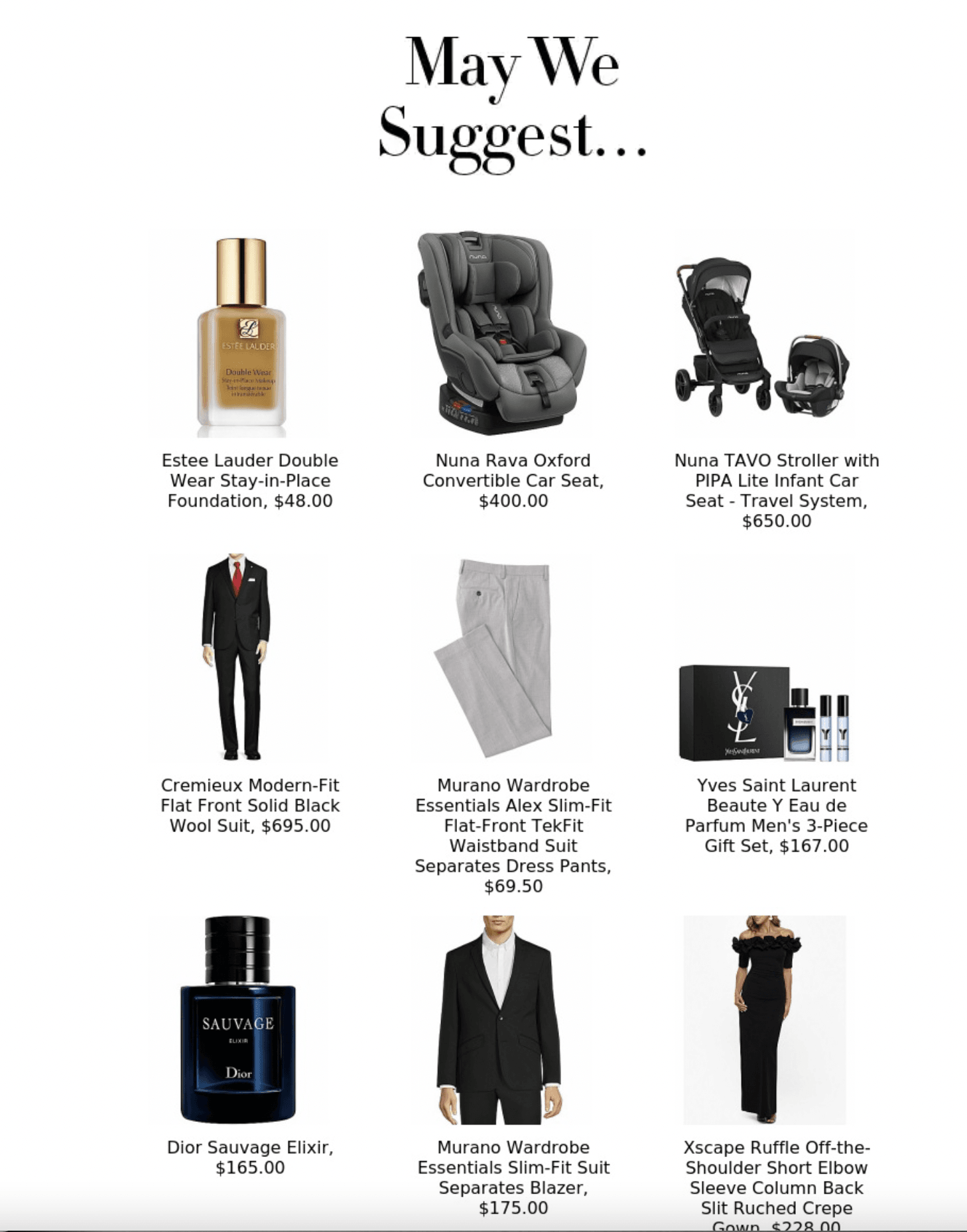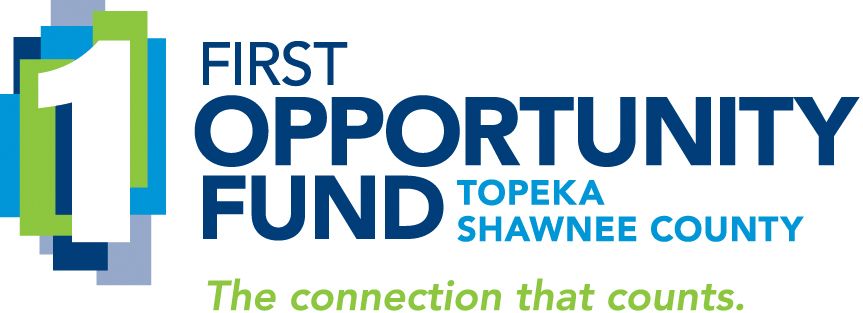 I don’t know whether it’s today’s consumer online habits or a lack of training. But I do know I don’t like it. “What’s the name?” the receptionist blankly asked me at an office this week. Ick. There seems to be an epidemic of taking the person out of personal service.
I don’t know whether it’s today’s consumer online habits or a lack of training. But I do know I don’t like it. “What’s the name?” the receptionist blankly asked me at an office this week. Ick. There seems to be an epidemic of taking the person out of personal service.
This is a danger for branders everywhere as they allow interactions to be transactional instead of relational. It's the customer experience badlands.
Here are 3 fatal mistakes that happen with many financial marketers—and what to do instead:
1. saying “What’s THE name?”
I’m standing right in front of you. Why don’t you say, “What’s YOUR name?” This is a subtle language difference but it makes a huge impact on how a customer feels. Without the YOU, it can feel dehumanizing.
How about:
- What’s your name? vs. What’s the name?
- How can I help you? vs. How can I help?
- Thank you for your business—we appreciate you. vs. Thanks.
- You're welcome vs. No problem - or worse, Uh-huh or yeah-OK.
Put the YOU back in customer conversations. It sounds oh-so-much warmer.
2. paying more attention to coworkers than customers
We’ve all witnessed it at a grocery store or discounter, but I recently experienced it at a bank. When I walked in, the tellers were too engrossed in their conversation to look up and acknowledge me when I walked in the door. So I stood and waited for what felt like an eternity in a lobby that had only one other customer.
I couldn't do my business online. I needed a real live person.
Hello: I don’t want to wait while you two have a conversation. And if you’re serving me, but talking to each other while you go through the motions, it makes me feel like the last kid picked for the grade school basketball team. Left out. Deflated. Unimportant.
No matter what you're discussing, you must break off your conversation with each other and immediately greet the person like she’s the last customer you’ll ever have. Otherwise, she might be.
3. mass emails that force people into cookie-cutter boxes
Whether communicating to customers or prospects, your people should be trained to use their names. Ideally, they've been trained to recognize habits, affirming them and offering products or services customers will find appealing.
Yes, it’s true, I’ve actually received emails with “Dear [Name]” because the marketer didn’t take the time to set up their email correctly. You probably have, too.
One of my banking apps always greets me with, “Hello Martha, welcome back.” While I know it’s automated, for some reason it still makes me feel good. The app is treating me like a person, not a number. Even though I have their credit card, Dillard's suggestions are rarely a match.
Even though I have their credit card, Dillard's suggestions are rarely a match.
Dillard’s is really trying when they email me with a “May We Suggest” subject line. The problem is, of nine products, only two are items even remotely similar to something I’ve purchased from them in the past. I have their credit card. They know what I buy. Why can’t they profile me better? Their suggestions aren't so hot, and there's really no excuse.
Apparently, they don’t know me after all. And they’re not trying to get to know me.
Nordstrom, on the other hand, is always spot on.
listen up
Audit, listen, secret shop and observe what's happening where your personnel are interacting with customers or clients: in person, on the phone and online. Codify the desired actions into written branding and customer experience standards. Measure.
Imagine talking with people like they're your mother or your best friend. How would you treat them?
People will go out of their way to do business with people and brands they love. They want a relationship, not a transaction. When you build and nurture genuine financial friendships, your revenue and profit will last a lifetime
For more on customization and best practices with using marketing data, read our article Win the Customer Experience Game with Personalization. You can also order Martha's book, Beyond Sticky, on Amazon or anywhere books are sold.
























